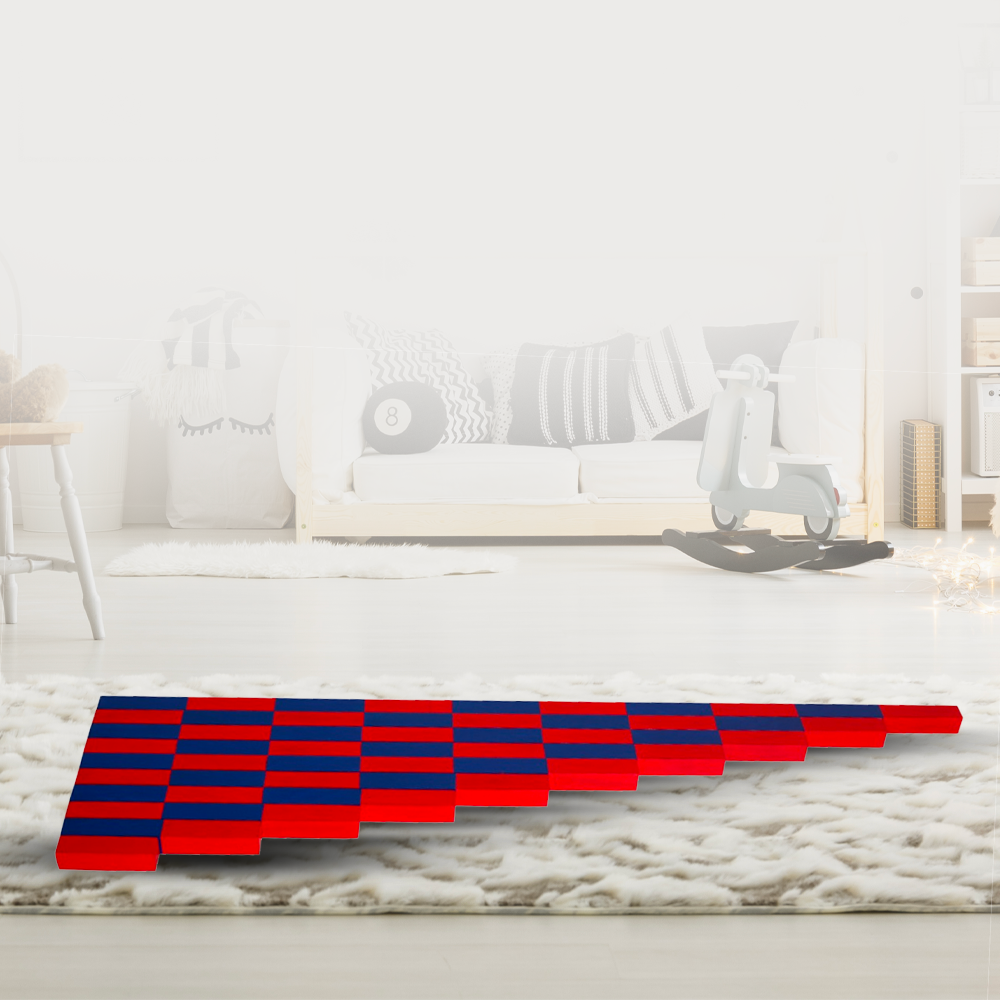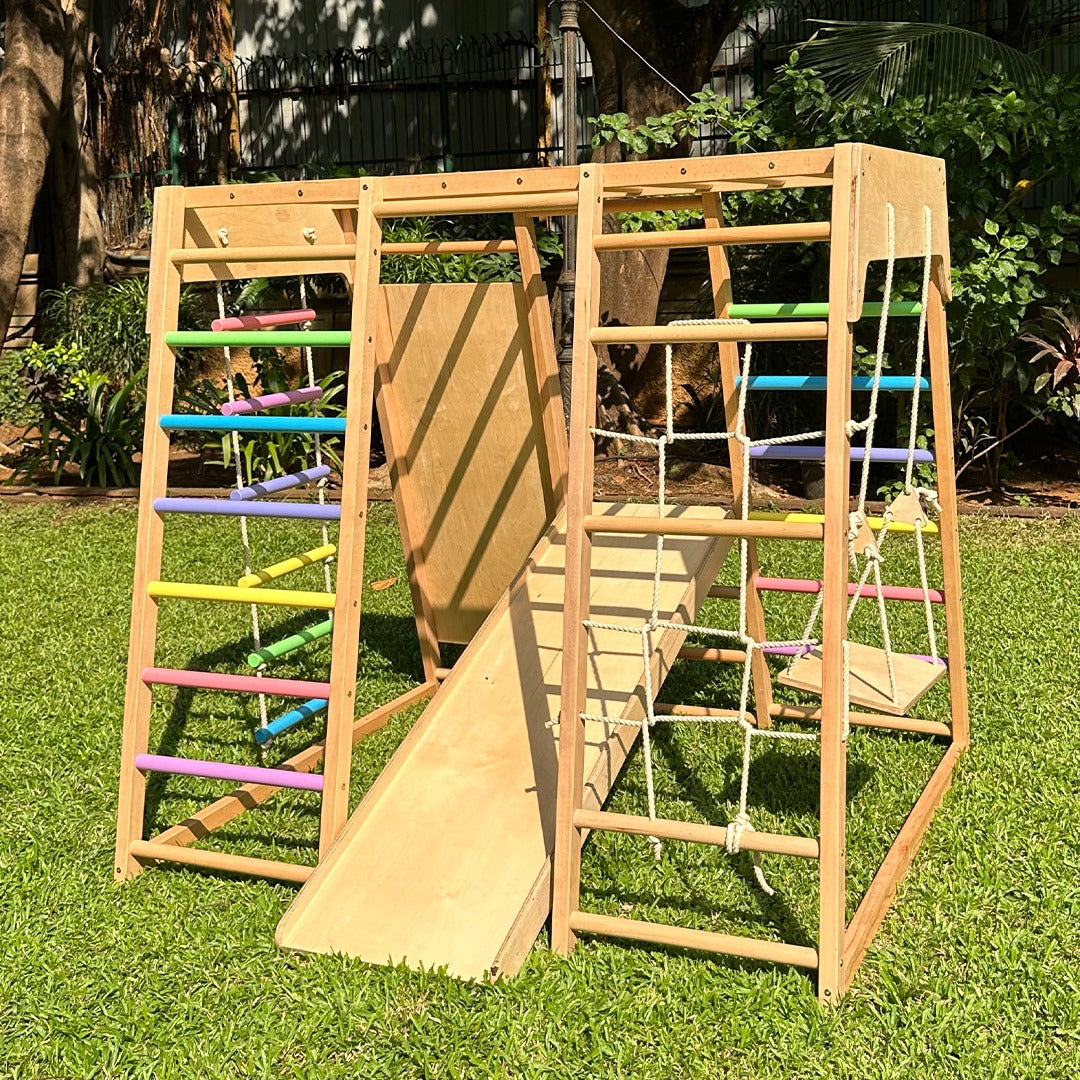When your little one bobs their head to a lively *dandiya* beat or hums along to an evening *aarti*, it might seem like simple enjoyment. Yet, beneath that joyful expression, something far more profound is unfolding within their developing brain. We often celebrate music for its role in emotional expression, language development, or cultural connection, but research reveals an astonishing, often overlooked truth: early rhythmic and musical engagement is quietly building robust neural pathways critical for advanced mathematical thinking and sophisticated spatial reasoning.
Neuroscience paints a fascinating picture of how our brains process rhythm and music. Far from being a niche activity, musical engagement lights up vast networks across the brain, including areas typically associated with motor control, language, and executive functions. This isn't just about recognizing a tune; it's about discerning patterns, anticipating sequences, and understanding complex structures. The rhythmic pulse, the rise and fall of melody, the interplay of different instruments – these are all intricate puzzles that a child's brain is actively solving, creating a powerful cognitive scaffold.
The Brain's Rhythmic Blueprint
Consider the intricate *taal* cycles in Indian classical music – the *teen taal* or *rupak taal*, with their precise counts and divisions. A child exposed to these rhythmic complexities, even passively, is internalizing fundamental mathematical concepts long before they encounter numbers in a classroom. They are subconsciously grasping fractions (a half-beat, a quarter-beat), ratios, sequencing, and prediction. This isn't abstract rote learning; it's an embodied understanding of mathematical relationships. When a child learns to clap along to a simple *bhajan* or participate in a *garba* step, they are not just moving their body; they are experiencing applied geometry and temporal reasoning in its most primal, impactful form.
The benefits extend beyond formal musical training. Any form of rhythmic play, from bouncing a ball to a steady beat, to arranging blocks in a repeating pattern, fortifies these same neural connections. Montessori classrooms, for instance, instinctively leverage this through activities involving rhythm sticks, bells, and movement exercises, understanding that these sensorial experiences lay the groundwork for abstract concepts. When children engage with building toys or puzzles, they are developing spatial awareness – understanding how objects relate in space, rotating them mentally, and predicting outcomes. Music, with its inherent structure and spatial arrangement of notes, acts as a dynamic tutor for these very skills.
The Unseen Architect of Spatial Intelligence
Why is spatial reasoning so crucial? It's the ability to visualize and manipulate objects in space, to understand maps, to excel in geometry, engineering, and even fields like surgery. It's what helps an architect design a building or a scientist understand molecular structures. Research indicates a strong correlation between early musical training, particularly rhythm and pitch discrimination, and superior spatial-temporal reasoning skills later in life. This suggests that the brain areas honed by music, particularly those involved in processing timing and sequence, are intimately linked to our capacity to navigate and understand the physical world around us.
Think about the precision required in *Kathak* footwork or the intricate hand gestures of *Bharatanatyam*. These aren't merely artistic expressions; they are sophisticated lessons in spatial memory, sequencing, and motor planning, all undergirded by a deep sense of rhythm. A child observing or participating in such cultural forms is receiving a rich, multi-sensory education that is profoundly shaping their cognitive architecture for future STEM success.
Everyday Harmonies: Nurturing a Mathematical Mind
Parents in India have a rich cultural tapestry to draw upon. Singing *loris* (lullabies) with varied meters, encouraging participation in family *sangeet* sessions, or simply clapping hands to popular folk songs are not just cultural rituals; they are powerful, informal learning opportunities. Even the repetitive actions of daily life, like sorting lentils into bowls to a rhythm or tapping fingers on a *dabba* while waiting for *chai*, can be reframed as moments of rhythmic exploration. The key is to engage children actively and joyfully with these sounds and movements, making them conscious participants in their own cognitive growth.
Providing simple instruments like a toy *tabla*, shakers, or even everyday objects that make sounds, allows children to experiment with cause and effect, volume, and tempo. This hands-on, exploratory play with sound and rhythm helps solidify the neural connections crucial for understanding patterns and sequences, which are the bedrock of mathematics. It's about creating an environment where sound and movement are celebrated as tools for discovery, not just entertainment.
Ultimately, fostering a child's early engagement with music and rhythm isn't about raising a prodigy musician, but about laying a robust foundation for broader cognitive excellence. It's about nurturing a brain that is adept at pattern recognition, problem-solving, and abstract thought – essential skills for success in STEM fields and indeed, in navigating the complexities of modern life. These early sonic adventures are not just pleasant background noise; they are the unseen architects shaping a child's capacity for logic, creativity, and future innovation.
To truly harness the profound power of rhythm and pattern in your child's development, explore the thoughtfully curated collection at SkilloToys.com. Our range of safe, educational, and play-based learning toys are specifically designed to stimulate these vital cognitive pathways, offering engaging ways for your child to discover the mathematical beauty in music and the rhythmic joy in play.



